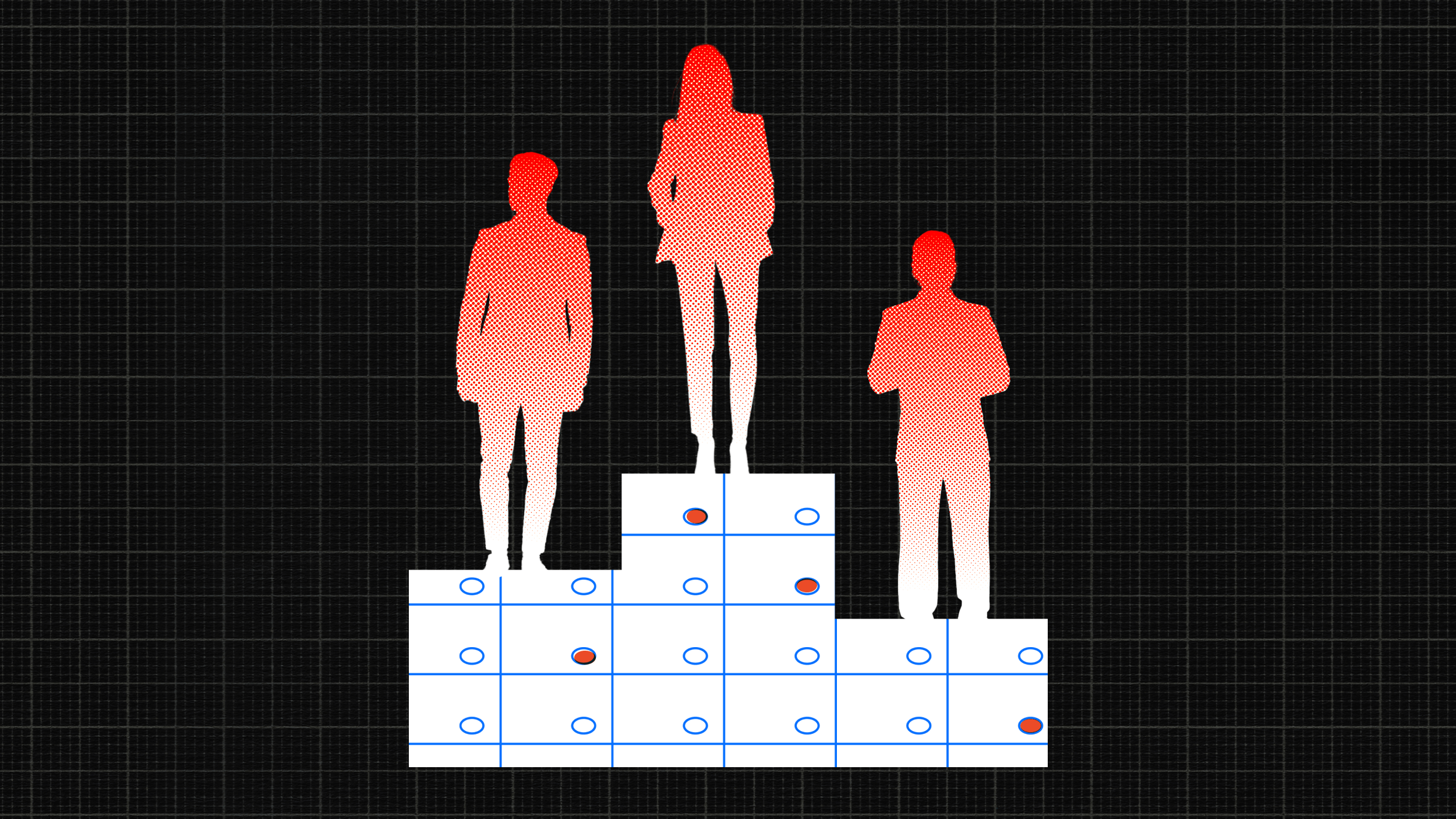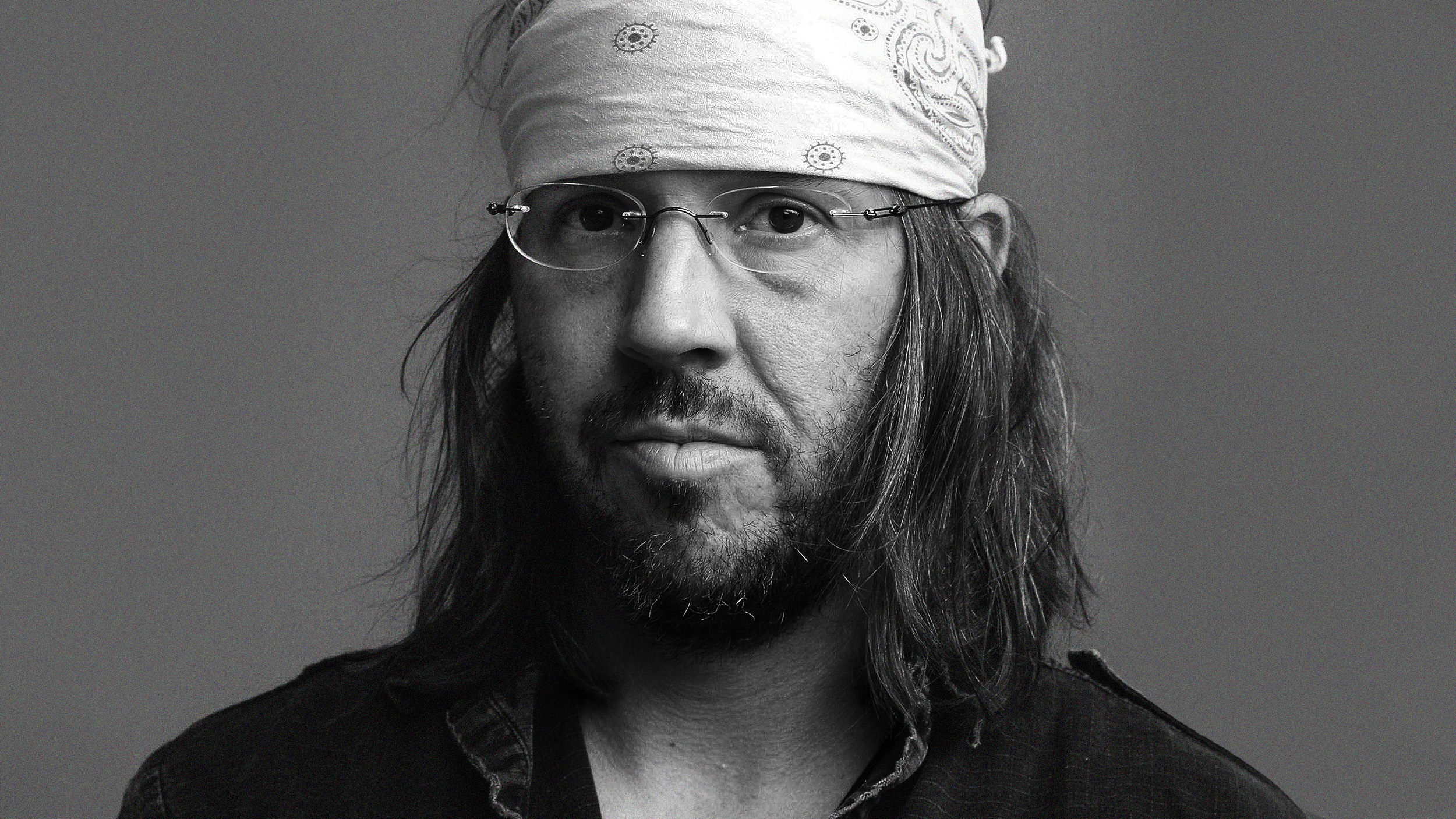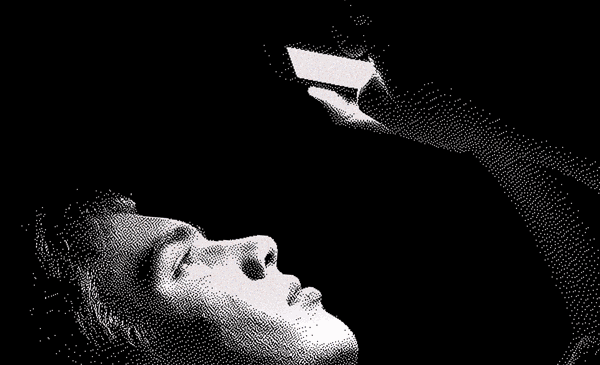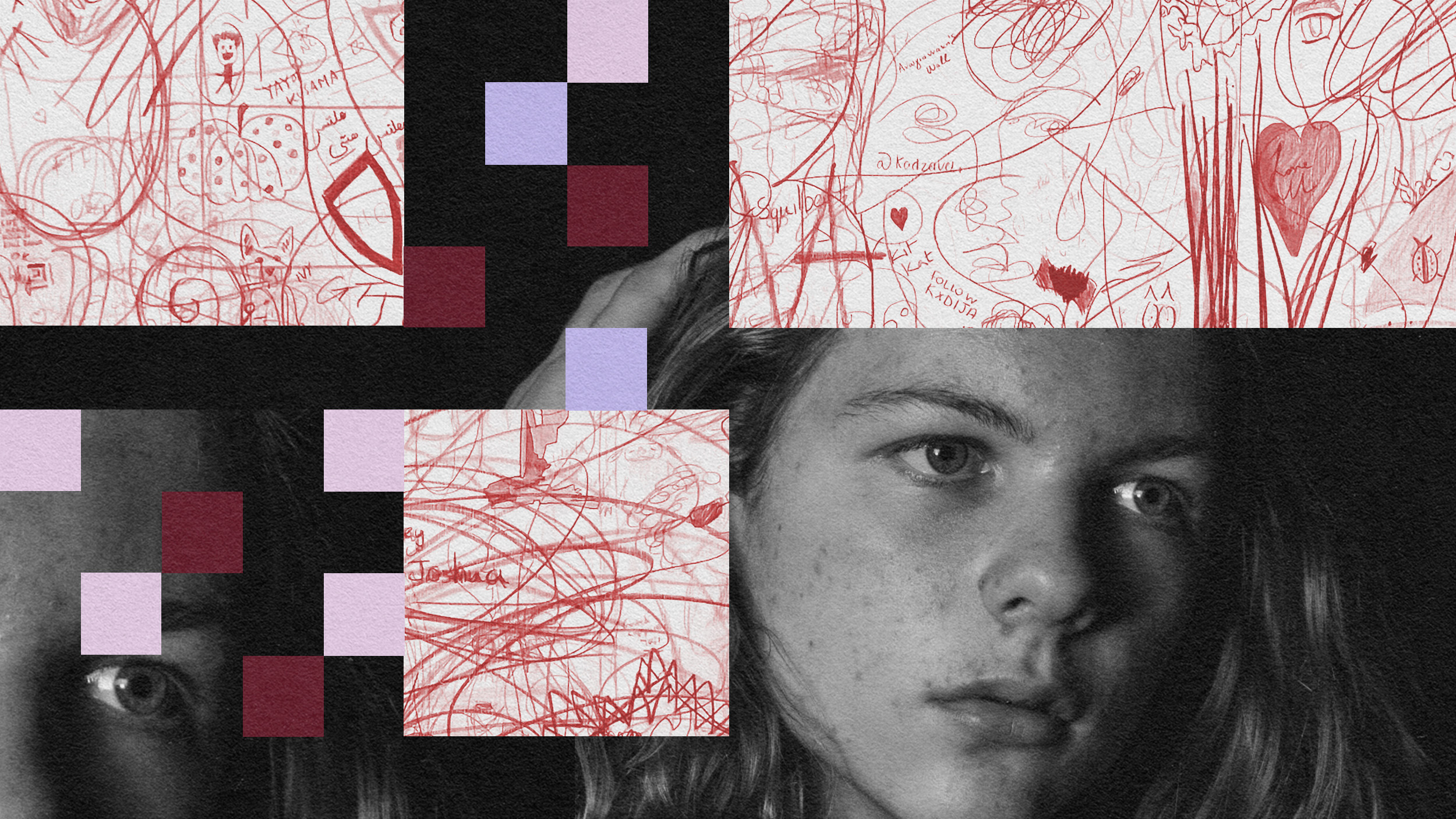The New Yorker art editor recalls some of the magazine’s more infamous covers and argues that cartoons should be discussed, not suppressed.
Question: What does your job as the New Yorker’s art editor entail?
rnFrancoise Mouly: I’m the art editor, so I have taken over… I’m I think the fourth art editor in 85 years of the magazine’s history. The first art editor was Rea Irvin and we will soon celebrate the 85th anniversary of The New Yorker and when the magazine was created it was part of the reason why it was good and so exciting is that it was meant as a humor magazine where the artist we’re an integral part of the magazine, so that they were… the drawings were not just like those throw pillows to decorate the big gray sea of type, but a lot of the immediacy and cattiness and the Algonquin Round Table feeling of the magazine came from the artist and the cartoons. That’s my job is to actually work with the artists that are full-fledged contributors, so I’m also not caring of the photographers or the illustrators, the ones that are actually like illustrating somebody else’s text piece, but I work with Bruce McCall or with Dan Clowes or with Art Spiegelman or with Robert Crumb when we publish strips inside and another place where it’s totally just like it was in 1925 for the entire 85 year history is a cover of the magazine that retains that spirit, so it’s done by an artist. It’s not an illustration of something that is inside. It’s autonomous and the story is given by the artist and that’s different from any other monthly or weekly publication that is left in this media age. If you’re talking about the cover of Newsweek it will be often a photo, most often a photo, but an illustration of whatever is editorial group will have decided should be the cover story that week. At The New Yorker it’s not. It’s actually an artist who has sent in a sketch done very simply pen on paper and that’s his idea, so we have for this week’s cover a four-panel cartoon by Barry Blitt of a figure walking on water and then by this panel we see that it’s Barack Obama and by that panel our first year anniversary with him sinks through into the water. This isn’t the editorial comment. It’s not a cover story. It’s not necessarily linked to anything, but it’s the artist as lightening rod. He captures what is in the air. I think this talks our disappointment, our failed expectation. We thought that Barack Obama could walk on water, but it’s also signed by Barry Blitt, so even though it’s a New Yorker cover it has this privileged place of being an individual’s point of view and that gives it a lot of importance I think in the culture. This image by Barry Blitt of Barack Obama and Michelle in the White House with him dressed as a terrorist, her dressed as an Angela Davis character, a flag burning in the chimney, a portrait of Bin Laden on the wall is an image I’m extremely proud of. It’s been labeled by the New York Times as the most memorable image of the 2008 campaign and I think that’s true. I think that image actually crystallized what was going on in the summer. It came out in July of 2008, crystallized the forces that were at work. This is what Barack Obama was up against when he was running and this gives us a way to measure the depth of his victory when he got himself elected.
rnQuestion: Were you surprised by the furious public debate that followed the “terrorist Obamas” cover?
rnFrancoise Mouly: Was I surprised? I was taken aback because everybody, and there were thousands and tens of thousands of people who took objection to this image, and what they all said to one person, they said, “I get it.” “I personally understand it, but I’m worried about my sister-in-law.” “I’m worried about my mother.” “I’m worried about people in Arkansas.” We wrote back and said, “We get it.” We were able to, like, follow through. They were all worried about somebody else not getting it, even though they all acknowledged like you know, “I’m sophisticated.” And this is a symptom I think like you know the school counselor will tell you that when you have a child coming in and saying like well I’d like to talk about you know my friend who is encountering this and that problem. It’s some way of trying to express their ambivalent feeling about… that they just do not know how to express, so I think of this image as I think being exactly the right thing at the right time. It became a catalyst. It lanced the boils. It was poison that was really making the body politic sick because there were innuendos about these Muslim, is not American. All of this stuff was there, but nobody dared to talk about it and that’s how the Fox News of this world and the Karl Roves of this world exploded the decency of people of not daring to talk about the ambivalence, and what it really meant to have a black man run for president, and by not talking it was a much worse sin that once this image happened onto the world it exploded all this. I felt of it as… I thought of it as some kind of again, lancing of a boil, a vaccination. You put a little bit of the poison, but in some controlled manner because it was a discussion and I contend that talking about something is always better than not talking about something.
rnLike a long time ago we published an image of a young woman getting married and she is getting all ready for her wedding day and lo and behold, she has a big belly and she is pregnant and then we got a letter from somebody, lady saying like, “Oh my God, I am so shocked by this image.” “I have a teenage daughter and I had to hide my copy of The New Yorker because I was afraid she would see it.” As if we were advocating that all pregnant women should be married. As if it was some kind of recruitment poster for having the baby first and getting married after, but I don’t respond and but if I could have, if I had the chance I would have gotten back this woman and I would have said, “Lady, if you are that concerned about your daughter getting pregnant and not being married then you should actually tape the cover of The New Yorker on the door of her bedroom and you should talk to her about it.” “Hiding the image is not going to accomplish… You should actually use it as a point of… as a departing point for discussion.”
Recorded on January 26, 2010
Interviewed by Austin Allen





